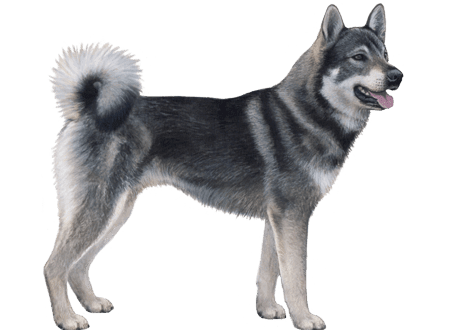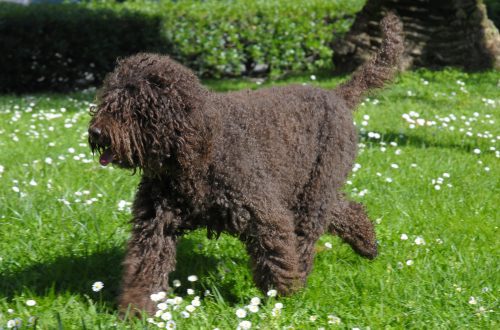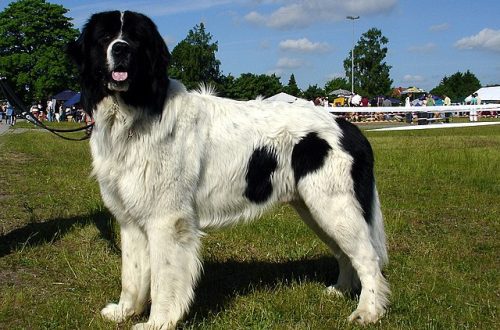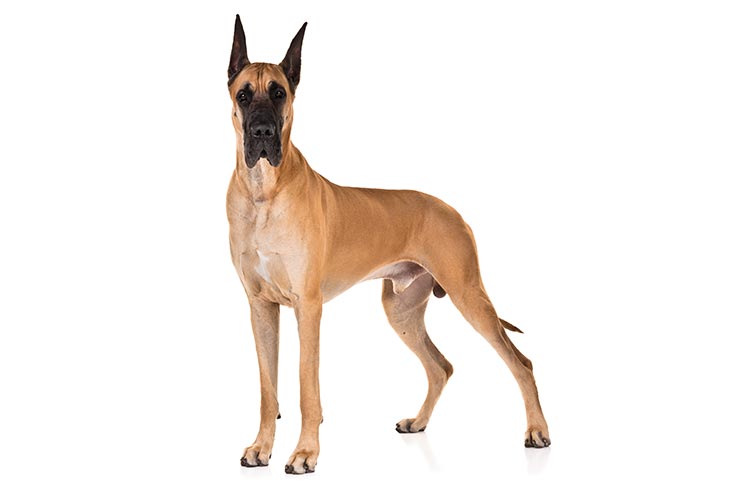
Great Dane
Other names: dog
The Great Dane is a true aristocrat of the canine world. He wins hearts with his majestic beauty, intelligence, affectionate attitude towards the household and excellent protective qualities.
Contents
- Characteristics of Great Dane
- Basic moments
- History of the Great Dane breed
- Video: Great Dane
- Appearance of Great Dane
- Photos of great dane
- The nature of the Great Dane
- Education and training
- Care and maintenance
- Health and disease of the Great Dane
- How to choose a puppy
- Photos of Great Dane puppies
- How much is a Great Dane
Characteristics of Great Dane
| Country of origin | Germany |
| The size | large |
| Growth | 72-90 cm |
| Weight | 60-80 kg |
| Age | 9-10 years old |
| FCI breed group | Pinschers and Schnauzers, Molossians, Mountain Dogs and Swiss Cattle Dogs |
Basic moments
- In popular culture, Great Danes are best known for their images of the animated Scooby Doo and the comic book hero Marmaduke, but real dogs are not at all like cowardly, stupid animals that are a constant source of trouble for their owners.
- These are ideal protectors and bodyguards, devoted to their family members with all their hearts.
- Adult dogs are calm, intelligent and under normal conditions seem surprisingly inconspicuous for their size.
- A dog named Zeus is listed in the Guinness Book of Records as the tallest dog in the world, his height at the withers was 111.8 cm. However, another Great Dane from America, Giant George, surpassed him in terms of overall dimensions – with a height of 109.2 cm, the giant weighed 111 kg.
- Among the famous admirers of Great Danes were the Reich Chancellor of the German Empire Otto von Bismarck and the Russian Emperor Alexander II, and their ancestors were kept by the Macedonian Tsar Alexander the Great.
- For the life of such a pet, a spacious house is needed, because it is difficult to fit in an apartment, and it is impossible to constantly stay in the yard due to short hair.
- The average life expectancy of Great Danes is only 5-7 years, they are considered a breed with poor health.
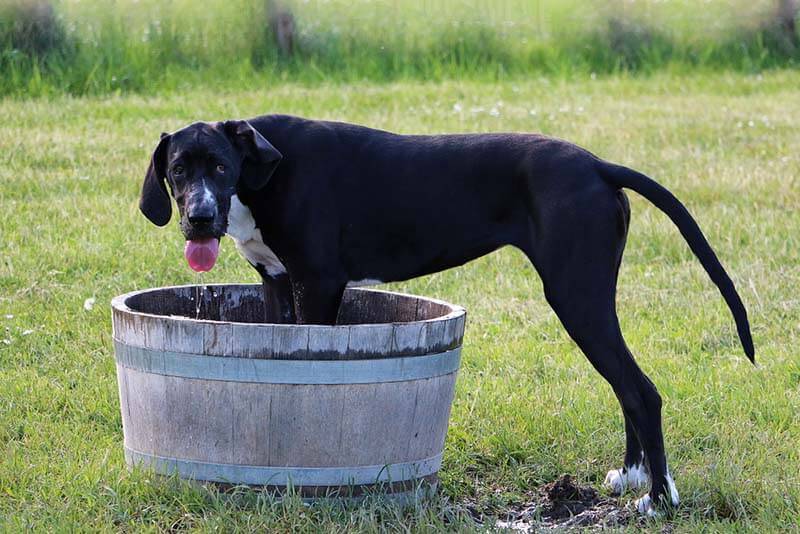
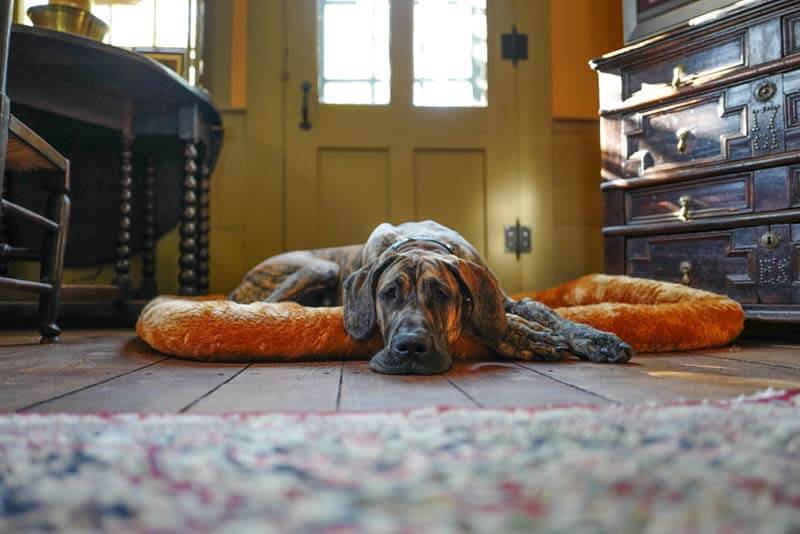
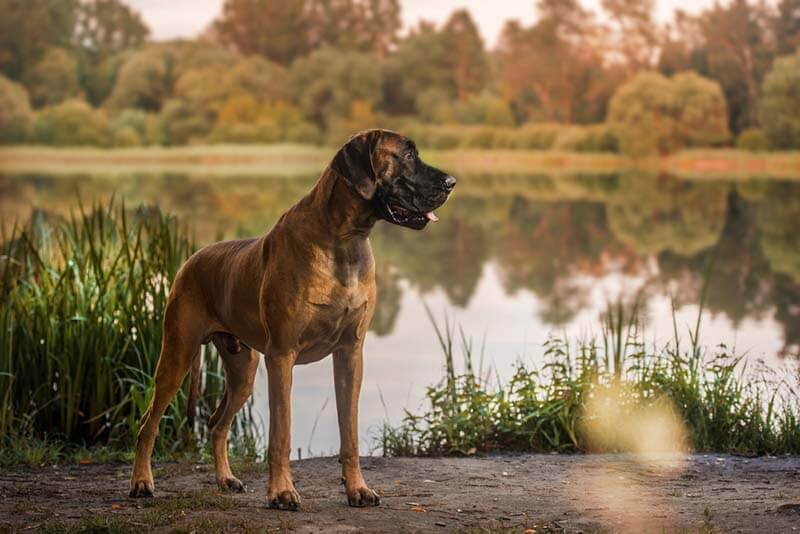
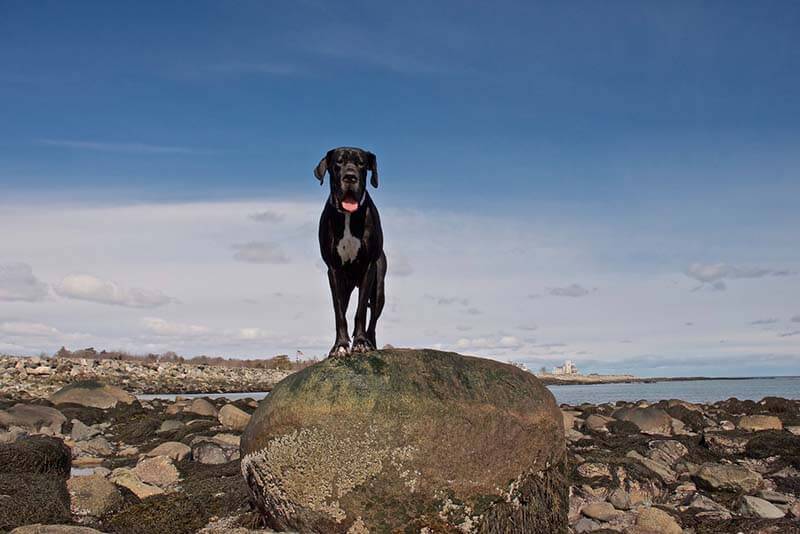
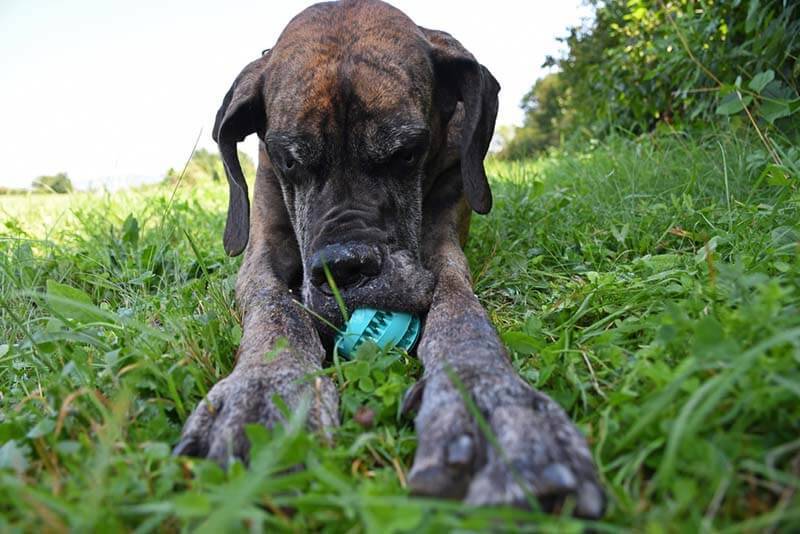
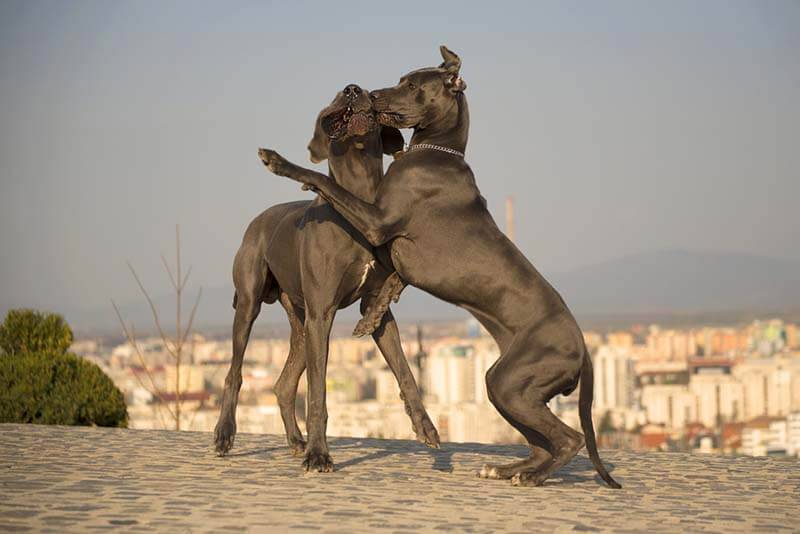
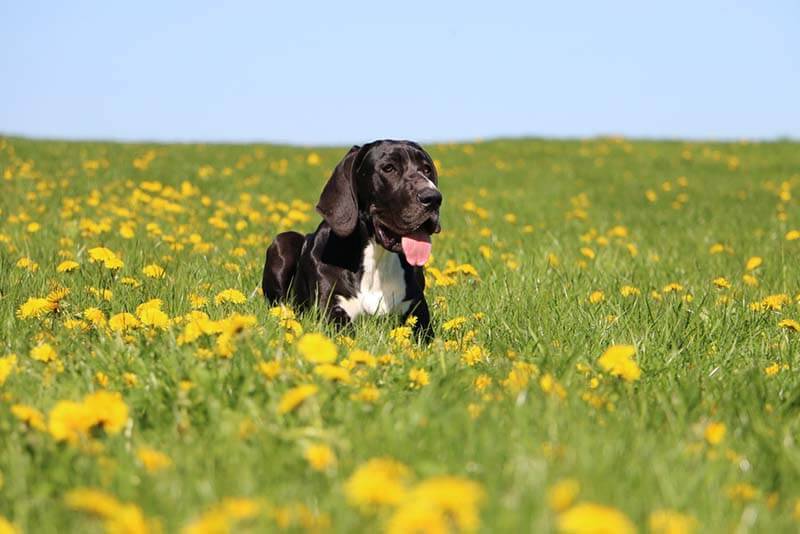
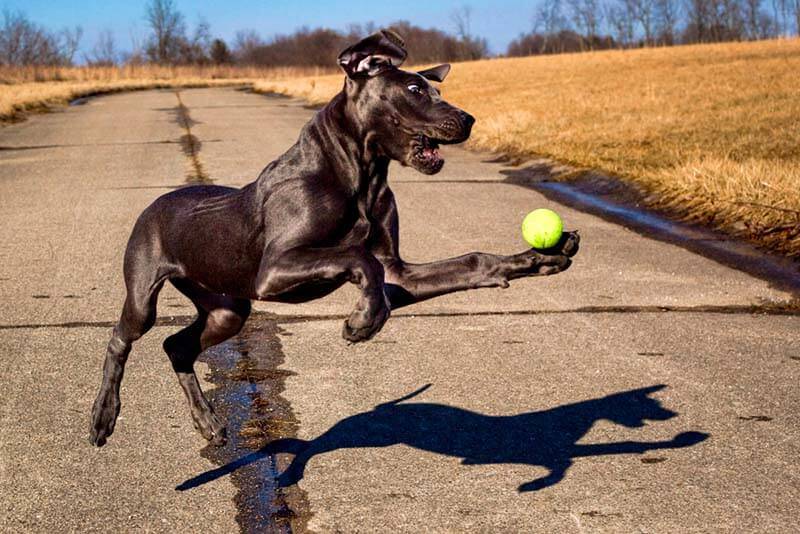
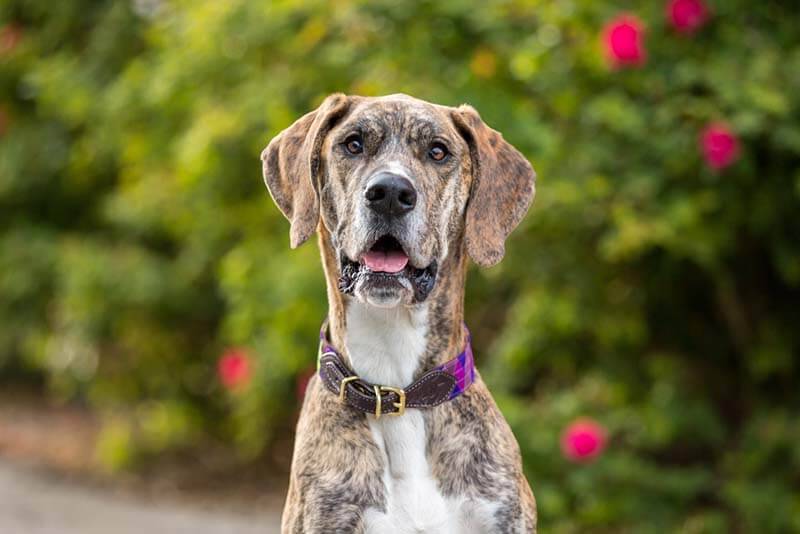
The Great Dane at the first meeting seems to be a formidable and even dangerous dog, thanks to its outstanding physical data. However, behind the appearance of a stern giant, in fact, there is a calm and incredibly devoted to the family kind man. He is not prone to aggression, unless the actions of an outsider provoke the dog to defend the life of the owners or his own.
History of the Great Dane breed
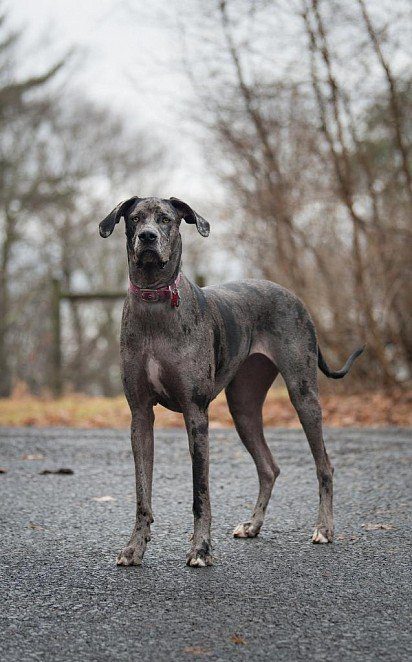
Today, scientists distinguish a whole group of large breeds, united by the name “great dogs”. In addition to the dogs themselves, it includes mastiffs, bulldogs, St. Bernards , Dalmatians , Rottweilers , Newfoundlands , Leonbergers. It is believed that they all descended from the same ancestor – the Tibetan dog. This breed is considered one of the oldest service breeds, the first documentary evidence of its existence dates back to the 12th century BC. Huge strong dogs have been used for centuries to guard mountain monasteries, hunt large predators and protect herds of nomads. Over time, the breed spread throughout the region.
Tibetan dogs were very popular in India, Persia and other Asian countries. In the same place, they began to be used as a military “weapon” on the fields of military battles, which significantly increased the value of animals. According to Persian law, killing such a dog was a crime even more serious than causing death to a person, which was reflected in the amount of the fine imposed on the culprit.
Archaeological finds indicate that Tibetan Great Danes took part in numerous campaigns of King Xerxes, including the suppression of uprisings in Egypt and Babylon and a protracted Greek campaign. It is possible that as trophies the winners received not only weapons and gold, but also warlike dogs. Images of Great Danes are found on the coins of Ancient Greece, and in Corinth they even had a monument erected for their merits in the battles with the Peloponnese. Aristotle in his writings paid tribute to the incredible power and natural strength of fighting dogs.
It is not surprising that his pupil and one of the greatest commanders in world history – Alexander the Great – became an ardent admirer of the Molossians (as hairy immigrants from Tibet were called in Europe). The mighty dogs also liked the Romans. In peacetime, Great Danes were “kept in shape”, forcing them to fight in the ring on an equal footing with the most dangerous wild animals; during campaigns, they invariably accompanied the troops. Together with legionnaires and merchants, the animals landed on the British Isles, ended up on the territory of modern Germany, France and Scandinavia.
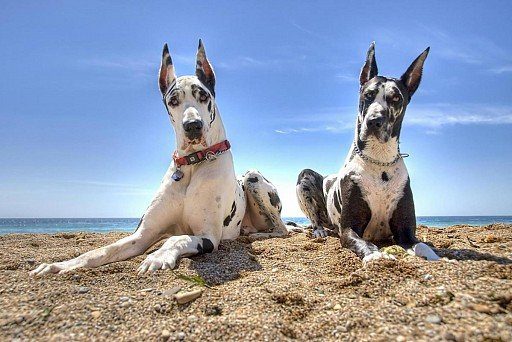
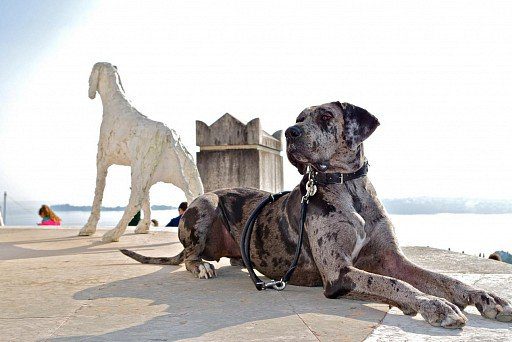
Images of huge dogs are found on runestones that have survived to this day, mention of them is found in the Old Norse epic, the Elder Edda, and the collection of the Natural History Museum of Denmark boasts excavated seven skeletons of giant hunting dogs that lived between the 5th century BC . e. and X century AD. e.
In a word, the Great Danes had their own Great Migration. And by the 19th century, in different regions of the Old World, several populations were bred, differing in body type and color, but invariably strong and large Molossians.
The time of large-scale ancient campaigns has passed, in military conflicts they used different tactics and strategies, and with the improvement of weapons, the effectiveness of dogs in battle has come to naught. This could have caused the extinction of the breed, but in the Middle Ages, other qualities of Great Danes came to the fore.
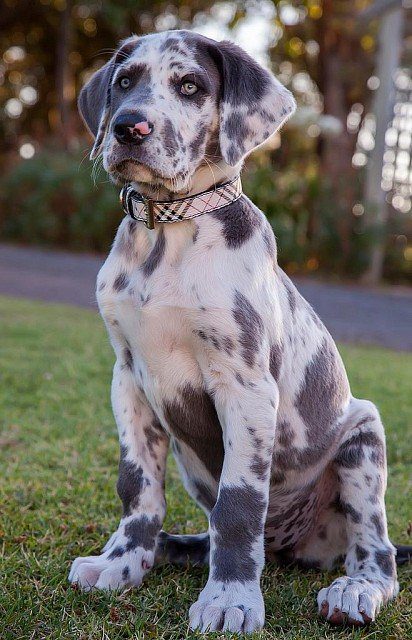
To participate in the hunt for big game, they needed the endurance and ability of runners. The greatest success here was achieved by English breeders who crossed the “aliens” with the traditional British “boar dogs”. Thanks to the genes of the English Mastiff and the Irish Wolfhound, the representatives of the breed received a more graceful constitution and long legs. Boars, deer and wild boars simply had no chance against a pack of such athletes. In parallel, the owners of the kennels realized that these giants had a powerful guard instinct, so European nobles and nobles began to actively use Great Danes as personal bodyguards and incorruptible guards.
For a long time there was a real confusion in the names. French Dogue Allemand, German Englische Docke, English German boarhound, German Dogge, German Mastiff, as well as Ulmer Dogge, Danische Dogge, Hatzrude, Saupacker, Kammerhunde and other variants of names, in fact, meant the same type of dog, although due to for differences in the phenotype, then it was not necessary to talk about a single breed. The Danes were the first to decide to monitor the purity of the blood of their giants, in 1866 the standard for the Great Dane was approved. Looking ahead, let’s say that interest in the undertaking quickly faded, and today only the English version of the name The Great Dane – a great Dane – reminds of this breed.
Only at the end of the 19th century, German dog breeders united for a common goal: to create one breed based on motley Great Danes, which would incorporate the best external features and working qualities of animals from different regions. The initiative group first officially met in 1878 in Berlin, and two years later a standard appeared. On January 12, 1888, the National Dog Club of Germany began its work, and soon the first volume of the breed’s stud book was published. The kennels of Mark Hartenstein, Messer, Karl Farber had the strongest influence on the formation of breeding lines.
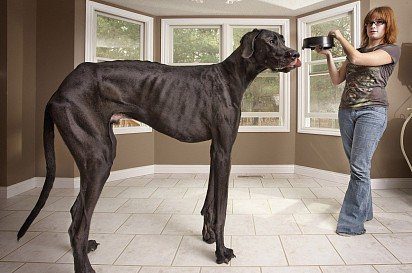
To preserve the purity of the color, offspring were allowed to be produced only in strict combinations, otherwise recessive genes could lead to lightening of tone or the appearance of unwanted spots. But that was in the first decades of the twentieth century. The Second World War significantly reduced the number of dogs and kennels, so in peacetime the number of individuals and productive lines had to be restored by the whole world.
Today the breed is recognized by the leading cynological organizations: the International Kennel Federation (FCI), the American Kennel Club (AKC), the Canadian Kennel Club (KC), the National Canine Council of Australia (ANKC), national associations of European countries.
The first Great Danes came to Russia before the revolution. Emperor Alexander II brought two pets from an exhibition in Hamburg, but the breed did not gain instant popularity. Only in the 70s of the last century in the USSR did they seriously engage in its breeding. To do this, they bought dogs in the countries of the socialist camp – the GDR, Poland, Czechoslovakia. Now nurseries can be found in many large cities.
Video: Great Dane
Appearance of Great Dane
The Great Dane is a giant breed. Sexual dimorphism is pronounced. The growth of a male at the withers should not be less than 80 cm, females – 72 cm. The normal weight of an adult (over 18 months old) starts from 54 and 45 kg, respectively. Males look more massive due to the size of the skeleton and more “heavy” bones.
The dog gives the impression of a powerful, but proportionately built and even elegant animal. Males have a pronounced square format, females may be slightly more elongated.
Head
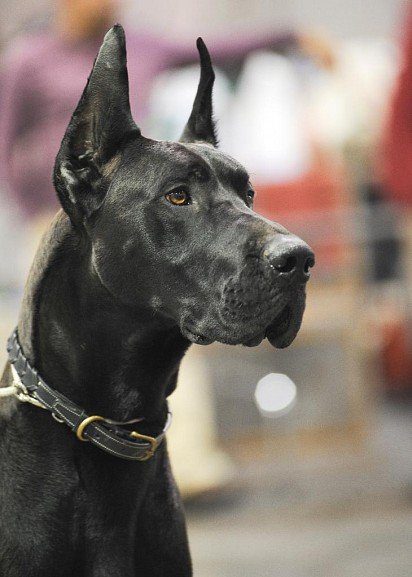

Long, narrow, with pronounced but not protruding brow ridges. The stop stands out well and is located approximately in the middle between the tip of the nose and the back of the head. The upper line of the muzzle and skull are parallel.
Nose
Well developed, broad rather than round. Nostrils are large. The color of the earlobe is black (only with a marble color, partial pigmentation is allowed).
Jaws
Broad, well developed.
Teeth
Strong, healthy. Scissor bite, complete.
Lips
With well-defined angles, dark. In marble Great Danes, incomplete pigmentation is allowed.
Eyes
Round shape, medium size, with tight fitting eyelids. As dark as possible, although lighter colors are acceptable in blue and marbled dogs.
Ears
The ears of the Great Dane are set high and triangular. Hanging in the natural state, the front part is close to the cheeks. Docking was necessary when used for hunting, today is optional and is cosmetic.
Neck
Long, muscular. Vertical with a slight forward slope. Provides a smooth transition from the top of the body to the head.
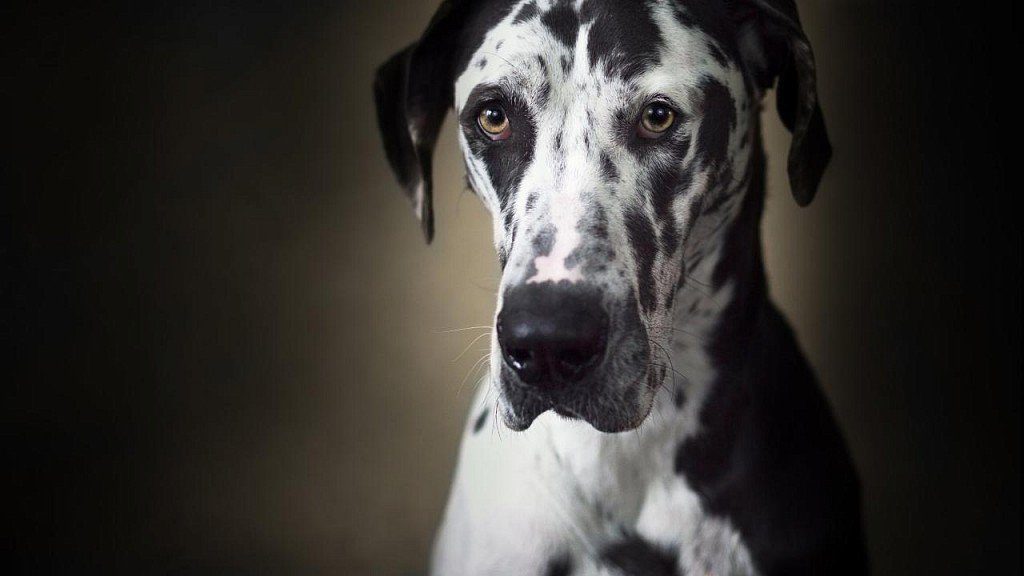

Frame
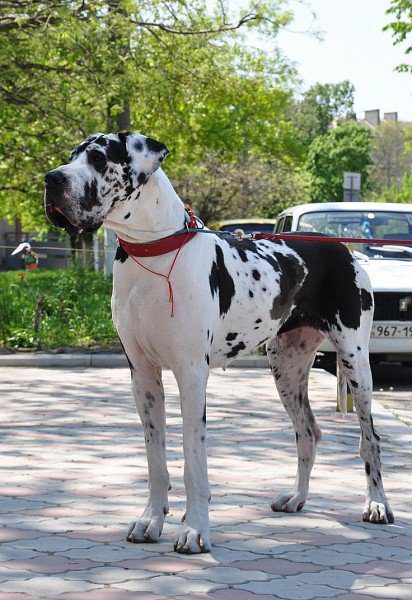

The body of the dog is powerful. The chest is broad, with a well-developed chest and movable ribs. The abdomen is tucked up. The back is short and firm. The loin is wide, slightly curved. The croup is broad and muscular, with a slight slope from the rump to the base of the tail.
Tail
The tail of the Great Dane is set high. Tapers gradually from broad base to tip. At rest, it hangs freely down. In an excited state, it should not rise significantly above the level of the back.
Legs
Strong, muscular. When viewed from the front, they are completely straight, the back parallel to the front. The forelegs with a long sloping shoulder blade form shoulders with well-developed muscles. Rear strong, with good angles.
Paws
Rounded, vaulted. The nails are short and as dark as possible.
Wool
Very short and dense, shiny and smooth.
Color
Fawn (from pale gold to deep gold with a black mask), brindle (fawn background with black stripes parallel to the ribs), harlequin (white with uneven ragged black spots), black and blue colors are recognized in Great Danes.
Photos of great dane
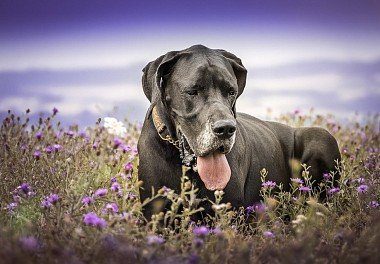

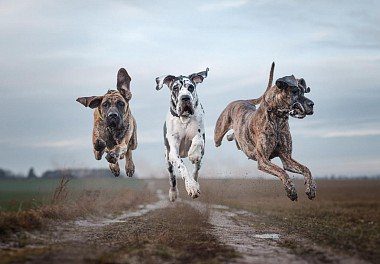

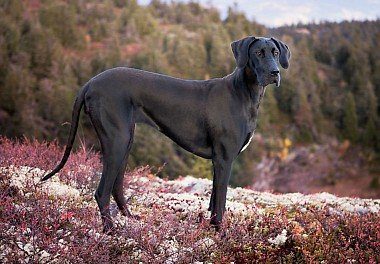

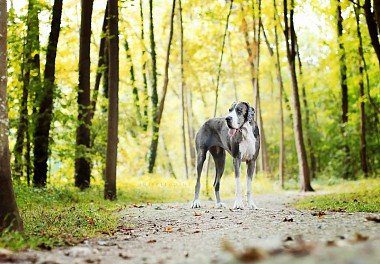

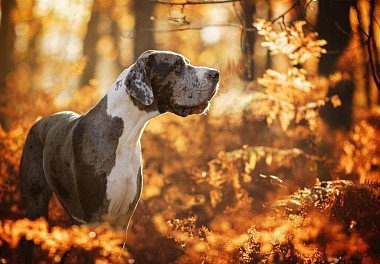

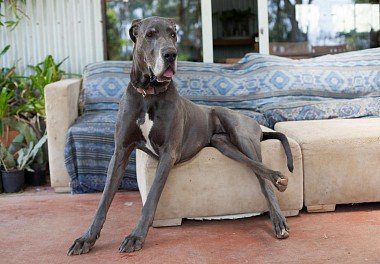

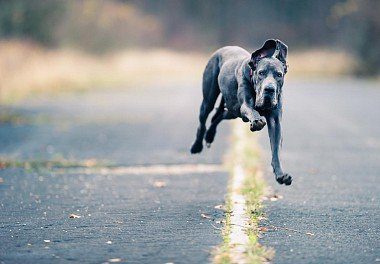

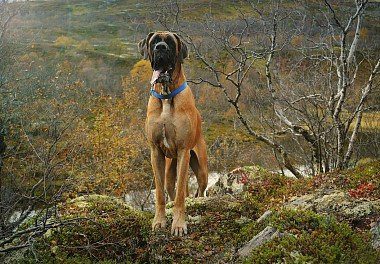

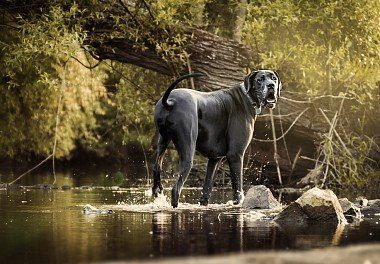

The nature of the Great Dane
From any owner of a Great Dane, you will hear a lot of compliments about the breed. These giants are naturally very intelligent and friendly. Of course, the puppy loves active games and is prone to mischief, which, given its size, can be destructive. But they are not malicious and do not do nasty things for the sake of pleasure, and if during the struggle for a stick you find yourself on the ground, you should not consider such an act as a manifestation of hostility – often the “baby” during the period of active growth simply does not realize its dimensions and, as a result, does not measure strength , which he applies to win in martial arts.
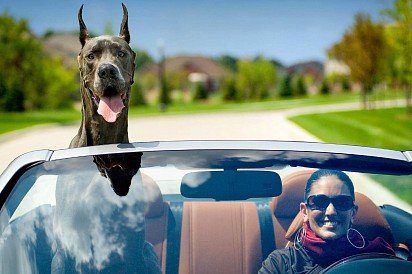

With age, this passes, an adult dog becomes a sedate and reliable companion. The sharply pronounced instinct of the protector and guardian of the weak members of the “pack” turns the Great Dane not just into a guard – with such a nanny your child will be completely safe, the dog will never let him offend.
Let not the outward calmness and indifferent look with which the dog casts around those around him mislead. He constantly “monitors” the situation and controls the situation in order to show, if necessary, whoever encroaches on the life or property of the household, who is in charge here. At the same time, he usually does not show unmotivated aggression towards random passers-by and neighbors, with the exception of animals with an unstable psyche, impaired as a result of cruel treatment or improper upbringing.
A sociable and cheerful pet loves spending time with his family most of all. Long absences of the owners are not psychologically well tolerated, therefore, if your work involves frequent business trips, we advise you to think about a puppy of a different breed.
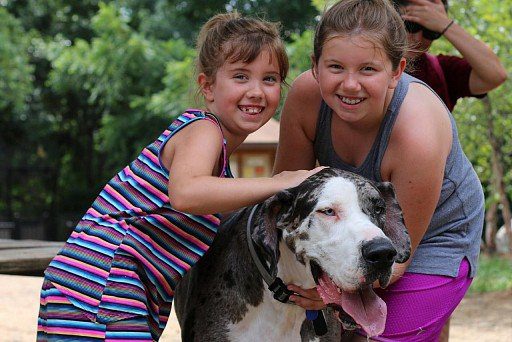

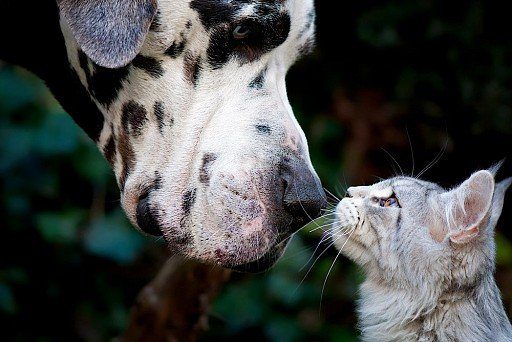

Education and training
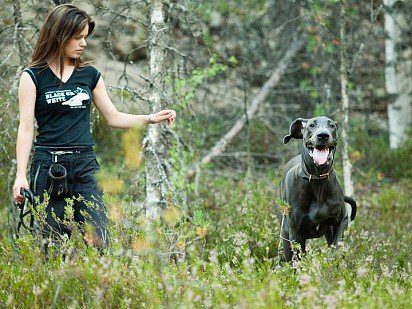

The Great Dane has a high intelligence and good memory, so an experienced owner will not have problems with training. It is important to start training as early as possible – from the first days of the puppy’s stay in your home. The same applies to socialization. If this moment was not missed, even the owners of the dog will be able to avoid problems with fights on the dog playground.
It is better to master commands gradually, always in an easy, playful way. Do not overload classes, because a tired and absent-minded puppy is unlikely to make serious progress. Do not forget about rewards, including treats, for a correctly completed task. The key to success is patience and kindness. The assertion of authority must take place confidently and firmly, but without shouting or, moreover, physical punishment. Relationships built on submission out of fear lead to regular attempts to “overthrow” the cruel “leader”, and may even cause a broken psyche.
Care and maintenance
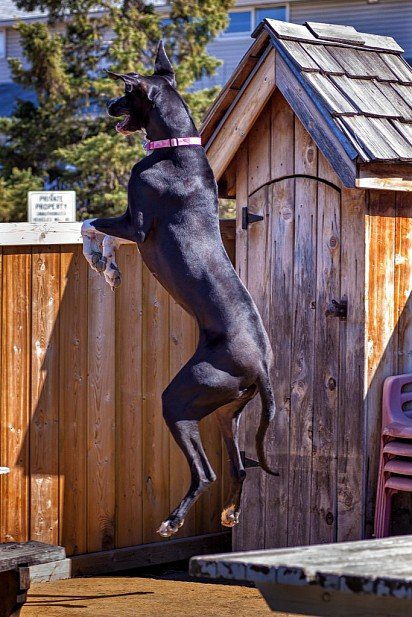

Despite the assurances of some breeders that the Great Dane feels good in a city apartment, due to its calm nature and moderate need for physical activity, most experts still recommend starting such a dog only for those who live in a private house with a fenced yard. The fact is that it is better to share living space with such a large-sized “neighbor” where there is enough square meters for all family members.
In addition, people living on the floor below are unlikely to be happy with the sound of heavy footsteps above their heads. But the residents of the adjacent yards will not be particularly disturbed by the dog, because the dogs are not among the tiring “hollow-breaths” and bark extremely rarely. At the same time, captive keeping is impossible, the dog does not tolerate too high or low temperatures, and constant human society guarantees her psychological comfort.
The coat of representatives of this breed is very short, and molting is moderately expressed, therefore, to care for it, it is enough to comb out dead hairs once a week with a special massage glove or a brush with soft bristles, and in spring and autumn do this procedure two to three times more often. For bathing, use a veterinary shampoo and do not overdo it – washing after each walk is not just an extra measure, it will adversely affect the pet’s immunity due to the destruction of the natural protective barrier in the form of a fatty film.
From puppyhood, teach the dog to hygiene procedures. Given the size of the animal, it is almost impossible to force it in place when cutting its claws, and if the process becomes familiar, no difficulties are felt. Regular brushing of teeth with a specialized toothpaste prevents bad breath, tartar formation and, in a global perspective, the need for dental treatment. Inspection and cleaning of the auricles will help to avoid local infections or to notice their appearance in time. In the event of plaque, increased sulfur secretion, extraneous odor from the auditory canal, immediately consult a doctor who will diagnose and prescribe adequate treatment. The same goes for the eyes.
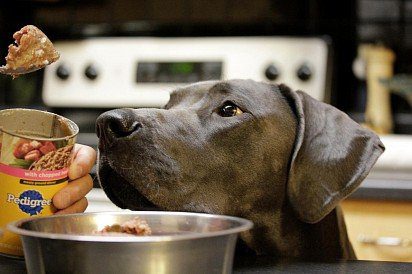

For the normal formation of the body during the growth period and maintaining health in adulthood, proper nutrition is necessary, which is easiest to provide with the help of high-quality feed from proven manufacturers and vitamin and mineral supplements. Natural nutrition should include lean meat (chicken, beef, rabbit) at the rate of 600-800 g per day for an adult dog, cereals and vegetables. Sweets, muffins, pork, smoked meats and any leftovers from the human table are categorically contraindicated. Saving money can cost you your pet’s life, so weigh the cost against your financial means before purchasing a puppy.
We must not forget that Great Danes have a slow metabolism, so physical activity immediately after feeding can lead to intestinal volvulus. Between eating and walking should take at least 30 minutes.
Health and disease of the Great Dane
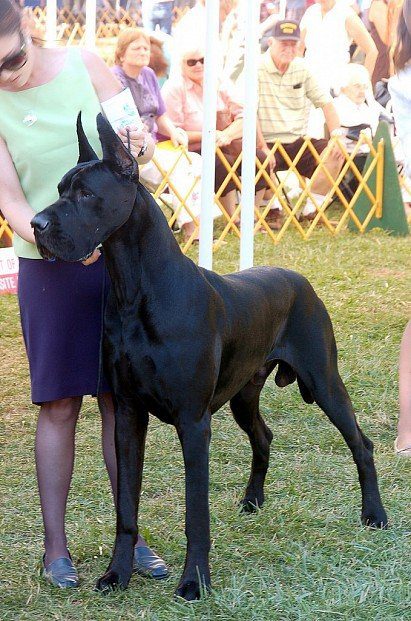

Unfortunately, beautifully built canine Apollos cannot boast of either good health or high life expectancy. At 8-9 years old, Great Danes are already old men, there are very few animals older than this age.
According to statistics, the main cause of death for representatives of the breed is the volvulus mentioned above, which can develop very quickly even in a young and generally healthy animal. Without emergency surgery, death is almost inevitable. A sharp bloating, heavy breathing, vomiting of foam should be a signal for immediate contact with the clinic!
The giant growth of the Great Dane provokes problems with the musculoskeletal system. The most common diseases: hip and elbow dysplasia, arthritis, wobbler syndrome, osteomyelitis, osteochondrosis, bone cancer. Also, problems with the heart (cardiomyopathy, aortic stenosis), kidneys (Addison’s disease), thyroid gland (hypothyroidism), skin integuments (demodecosis, skin histiocytoma, granuloma, interdigital dermatitis) are not uncommon. The sense organs also suffer: deafness, cataracts and entropy of the eyelids are possible.
To ensure a good quality of life for a pet, it is important to monitor its nutrition and physical activity, and regularly undergo examinations by a veterinarian.
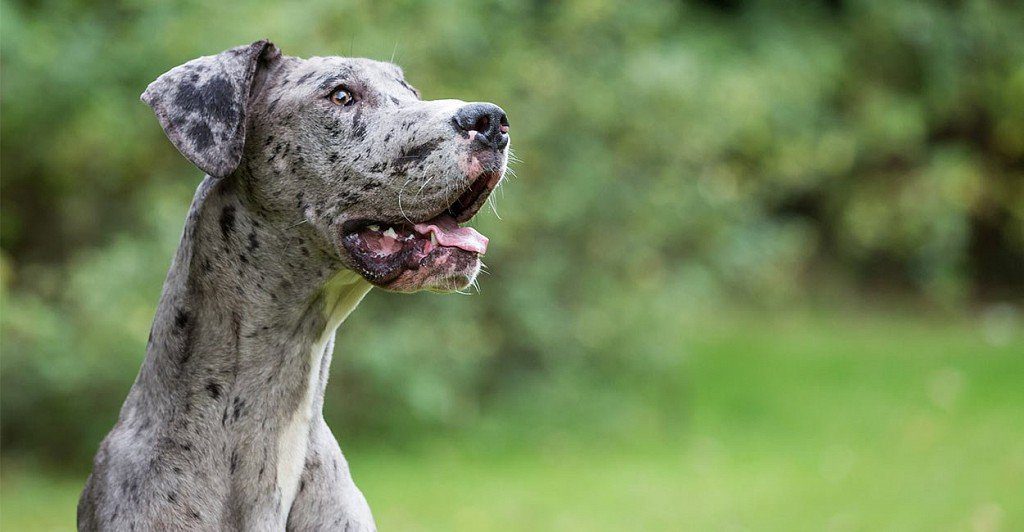

How to choose a puppy
Tips for choosing a Great Dane do not differ from the general recommendations for purebred dogs: only responsible breeders, eminent kennels and a complete set of medical documents that indicate the normal state of health of the baby and his parents. During a personal visit, observe the behavior of the puppy, establish contact with him. Pay attention to the conditions of keeping animals.
Photos of Great Dane puppies
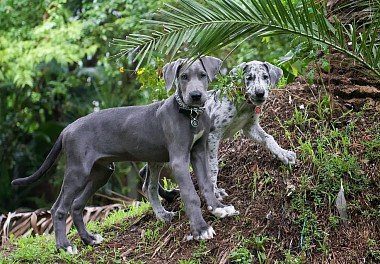

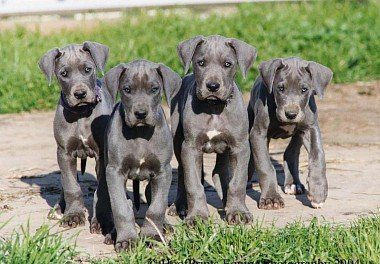

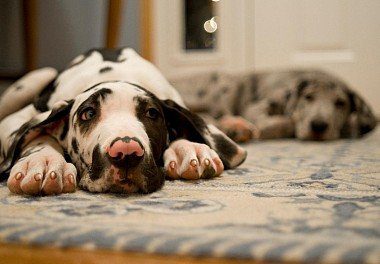

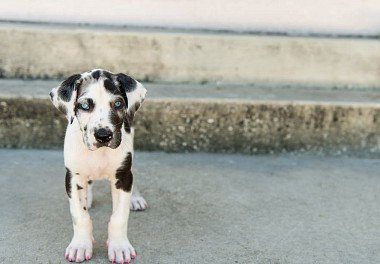

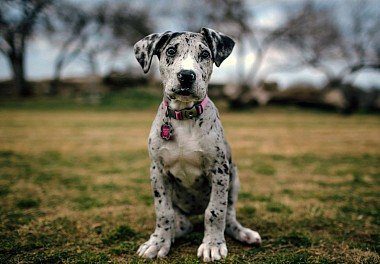

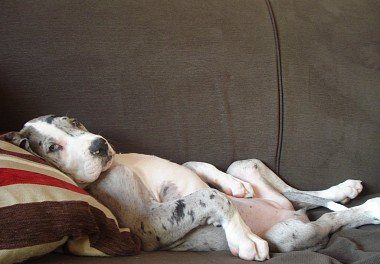

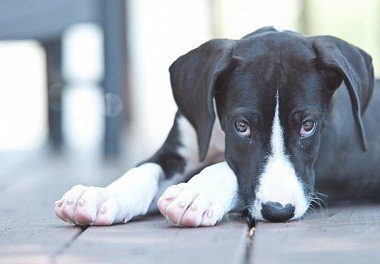

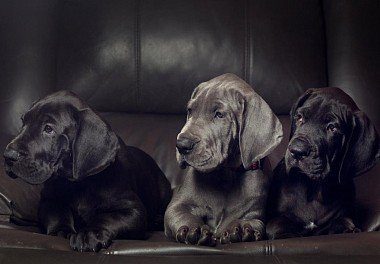

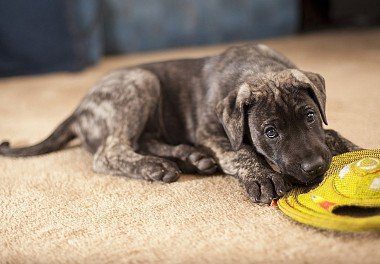

How much is a Great Dane
The strict show standards of Great Danes make many puppies from the litter “breeding”. This does not affect the life of a dog in a loving family in any way, because we are talking about the nuances of color, the setting of the ears and tail, the arch of the paw and similar details. The average cost of such pets is $ 300. If the price is significantly lower, with a high probability we are not talking about a purebred animal.
Promising Great Danes that can make a career and be used in breeding are much more expensive. If you have ambitious plans associated with the acquisition of a dog, get ready to pay for a puppy from $ 1,000.





